Home>Home Appliances>Home Automation Appliances>Why Is Alexa Playing IHeartRadio?
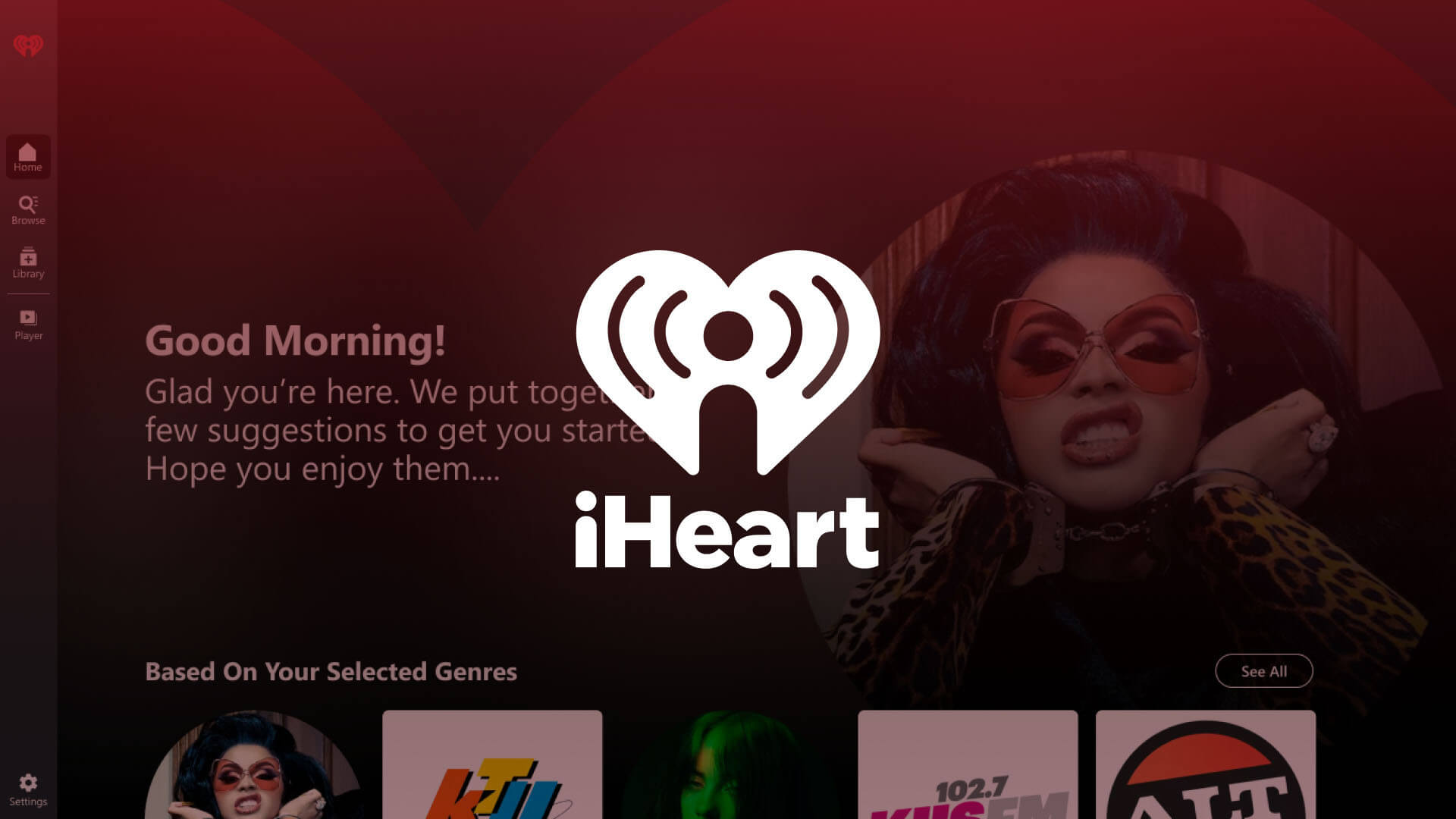

Home Automation Appliances
Why Is Alexa Playing IHeartRadio?
Published: January 4, 2024
Discover why your Alexa device is playing iHeartRadio and how to troubleshoot it. Get expert tips on managing your home automation appliances.
(Many of the links in this article redirect to a specific reviewed product. Your purchase of these products through affiliate links helps to generate commission for Storables.com, at no extra cost. Learn more)
Introduction
Home automation has revolutionized the way we interact with our living spaces, offering unparalleled convenience and efficiency. One of the most intriguing aspects of this technological advancement is the integration of voice-activated devices, which have become increasingly popular in modern households. Among these devices, Amazon’s Alexa stands out as a frontrunner, seamlessly blending into daily routines and providing a wide array of functionalities. From controlling smart home appliances to answering queries and playing music, Alexa has redefined the concept of hands-free interaction.
As the demand for voice-activated technology continues to soar, it’s no surprise that music streaming services have adapted to this trend. iHeartRadio, a leading platform for streaming music, podcasts, and live radio, has garnered a significant following due to its diverse content and user-friendly interface. The integration of iHeartRadio with Alexa has further amplified its appeal, allowing users to effortlessly access their favorite tunes and radio stations through simple voice commands.
In this article, we’ll delve into the seamless integration of iHeartRadio with Alexa, exploring the reasons behind its widespread adoption and the impact it has had on consumer behavior. By understanding the dynamics of this partnership and its implications for the future of voice-activated music streaming, we can gain valuable insights into the evolving landscape of home automation and entertainment.
Key Takeaways:
- Alexa’s integration with iHeartRadio allows users to effortlessly play music and podcasts through voice commands, reshaping how we interact with technology and enjoy audio content in our homes.
- The partnership between iHeartRadio and Alexa reflects a growing trend towards seamless and personalized audio experiences, highlighting the future potential of voice-activated music streaming in our daily lives.
Read more: Why Is My Alexa Playing Only IHeartRadio
The Rise of Voice-Activated Devices
Voice-activated devices have experienced a meteoric rise in popularity, fundamentally altering the way we interact with technology. The convenience of issuing verbal commands to accomplish tasks has captivated consumers, leading to the widespread adoption of devices such as Amazon Echo, Google Home, and Apple HomePod. These smart speakers, powered by advanced voice recognition technology, have seamlessly integrated into modern households, offering a hands-free approach to managing daily activities.
One of the key drivers behind the surge in voice-activated devices is the unparalleled convenience they provide. Whether it’s setting reminders, checking the weather, or controlling smart home appliances, users can simply utter a command, and the device promptly responds. This streamlined interaction has redefined the user experience, making tasks more efficient and accessible.
Moreover, the natural language processing capabilities of these devices have significantly enhanced their utility. Advanced algorithms enable them to understand and interpret human speech, allowing for nuanced commands and interactions. This has bridged the gap between humans and technology, creating a more intuitive and user-friendly interface.
Another pivotal factor contributing to the popularity of voice-activated devices is their seamless integration with other smart home technologies. By serving as a central hub for controlling connected devices, these platforms have simplified home automation, offering a cohesive ecosystem for managing various aspects of the household. From adjusting lighting and thermostats to locking doors and playing music, the versatility of voice-activated devices has made them indispensable in modern homes.
Furthermore, the continuous evolution of artificial intelligence and machine learning has bolstered the capabilities of these devices, enabling them to adapt to users’ preferences and provide personalized experiences. This dynamic adaptation has resonated with consumers, fostering a deeper sense of connectivity and understanding between users and their devices.
As voice-activated devices continue to permeate households worldwide, their impact on daily routines and consumer behavior is undeniable. The seamless integration of these devices with music streaming services like iHeartRadio represents a significant milestone in the convergence of entertainment and home automation, offering a glimpse into the future of interconnected, voice-activated experiences.
The Popularity of iHeartRadio
iHeartRadio has emerged as a prominent player in the realm of music streaming, captivating audiences with its diverse content and intuitive platform. Boasting a vast library of songs, podcasts, and live radio stations, iHeartRadio has garnered a loyal following due to its seamless accessibility and unparalleled variety of entertainment options.
One of the key factors contributing to the popularity of iHeartRadio is its comprehensive music catalog, which spans across genres and eras. Whether users are eager to explore the latest chart-toppers, uncover hidden gems from decades past, or indulge in curated playlists tailored to specific moods or activities, iHeartRadio offers a rich tapestry of musical experiences. This extensive selection caters to diverse tastes, ensuring that users can easily find content that resonates with their preferences.
Furthermore, iHeartRadio’s integration of live radio stations sets it apart from traditional music streaming platforms. By providing access to a multitude of radio broadcasts spanning various genres and regions, iHeartRadio enables users to tune into real-time programming, fostering a sense of immediacy and connection with the broader world of audio content. This fusion of on-demand streaming and live radio enhances the platform’s appeal, offering a dynamic and immersive listening experience.
The platform’s user-friendly interface and seamless navigation have also contributed to its widespread acclaim. With intuitive features for creating personalized stations, exploring podcasts, and discovering new artists, iHeartRadio prioritizes ease of use, ensuring that users can effortlessly engage with its myriad offerings. Additionally, the platform’s compatibility with a range of devices, including smartphones, smart speakers, and connected car systems, enhances its accessibility, allowing users to enjoy their favorite content across various contexts and settings.
Moreover, iHeartRadio’s commitment to fostering community engagement and interaction has bolstered its appeal. Through features such as user-generated playlists, social sharing capabilities, and live events, the platform cultivates a sense of camaraderie among its users, transcending the solitary nature of traditional music consumption. This emphasis on community and shared experiences aligns with the evolving landscape of digital entertainment, where connectivity and social interaction are integral components of the user experience.
As iHeartRadio continues to evolve and expand its offerings, its position as a leading music streaming platform remains solidified, attracting both dedicated music enthusiasts and casual listeners seeking a dynamic and immersive audio experience.
If Alexa is playing iHeartRadio without your command, it could be because it’s set as the default music service. You can change this in the Alexa app by going to Settings > Music & Podcasts and selecting a different default service.
The Integration of iHeartRadio with Alexa
The seamless integration of iHeartRadio with Amazon’s Alexa has marked a significant milestone in the convergence of music streaming and voice-activated technology, offering users a streamlined and hands-free approach to accessing their favorite audio content. Through this integration, iHeartRadio has extended its reach to the realm of voice-activated devices, aligning with the evolving preferences of modern consumers and enhancing the accessibility of its diverse music catalog and live radio stations.
One of the primary benefits of integrating iHeartRadio with Alexa is the convenience it affords to users. By simply issuing voice commands to Alexa-enabled devices, such as the Amazon Echo or Echo Dot, users can effortlessly play their preferred stations, artists, or podcasts from iHeartRadio’s expansive library. This hands-free interaction eliminates the need for manual navigation or device manipulation, streamlining the listening experience and seamlessly integrating music into users’ daily routines.
Furthermore, the integration enables users to leverage Alexa’s natural language processing capabilities to interact with iHeartRadio in a more intuitive manner. Whether users wish to explore specific genres, discover new releases, or tune into live radio stations, Alexa’s voice recognition technology facilitates fluid and responsive interactions, enhancing the overall user experience. This fusion of voice-activated commands and iHeartRadio’s diverse content empowers users to tailor their listening experiences with unprecedented ease.
Another compelling aspect of this integration is the synchronization of user preferences and personalized content across devices. By linking their iHeartRadio accounts with Alexa, users can seamlessly transition between different platforms, such as smartphones, tablets, and voice-activated speakers, without sacrificing their customized settings and saved content. This cohesive integration ensures a consistent and tailored experience, regardless of the device through which users engage with iHeartRadio.
Moreover, the integration of iHeartRadio with Alexa underscores the growing synergy between music streaming services and smart home ecosystems. By seamlessly integrating with Alexa-enabled smart home devices, iHeartRadio empowers users to infuse their living spaces with music, podcasts, and live radio, creating a harmonious blend of entertainment and home automation. This convergence reflects the evolving expectations of consumers, who seek integrated and multifaceted experiences within their smart homes.
As the integration of iHeartRadio with Alexa continues to evolve, it exemplifies the harmonious interplay between music streaming platforms and voice-activated technology, setting a precedent for seamless and intuitive interactions that cater to the preferences and lifestyles of modern listeners.
Consumer Behavior and Listening Preferences
The integration of iHeartRadio with Alexa has not only reshaped the accessibility of music streaming but also provided valuable insights into consumer behavior and listening preferences within the realm of voice-activated technology. By analyzing the dynamics of user engagement and the evolving landscape of audio consumption, we can discern the impact of this integration on how individuals interact with music and other audio content in their daily lives.
One notable aspect of consumer behavior following the integration is the heightened emphasis on convenience and seamless accessibility. With the ability to summon iHeartRadio’s diverse array of content through voice commands directed at Alexa-enabled devices, users have gravitated towards a more frictionless and hands-free approach to enjoying music and podcasts. This shift underscores the growing preference for intuitive and effortless interactions, aligning with the overarching trend of simplifying daily routines through voice-activated technology.
Moreover, the integration has shed light on the significance of personalized and tailored experiences in shaping listening preferences. By leveraging Alexa’s capabilities to understand and respond to individual preferences, users can curate their music journeys with precision, exploring genres, artists, and playlists that resonate with their unique tastes. This emphasis on personalization reflects a broader desire for customized and immersive audio experiences, where users can seamlessly align their listening choices with their moods, activities, and surroundings.
Additionally, the integration has underscored the evolving role of voice-activated devices in fostering a more dynamic and interactive approach to audio consumption. Through voice commands, users can engage with iHeartRadio’s live radio stations, podcasts, and on-demand content, creating a fluid and responsive listening environment. This interactivity has redefined the traditional paradigms of music consumption, transcending passive listening and encouraging users to actively shape their audio experiences through vocal directives.
Furthermore, the integration has illuminated the growing symbiosis between music streaming and smart home ecosystems, wherein users seamlessly integrate audio content into their daily routines. By incorporating iHeartRadio into their smart home setups through Alexa, users can infuse their living spaces with music and entertainment, seamlessly integrating audio experiences into their broader home automation dynamics. This convergence reflects a desire for holistic and integrated experiences, where entertainment seamlessly intertwines with the fabric of daily life.
As the integration of iHeartRadio with Alexa continues to influence consumer behavior and listening preferences, it underscores the evolving expectations of users in the realm of audio consumption, paving the way for more intuitive, personalized, and integrated audio experiences within the context of voice-activated technology.
Read more: Why Is My Alexa Device Not Playing Music
The Future of Voice-Activated Music Streaming
The integration of iHeartRadio with Alexa serves as a harbinger of the transformative potential inherent in the future of voice-activated music streaming. As this integration continues to shape the interactions and preferences of users, it also provides a glimpse into the evolving landscape of audio consumption and the trajectory of voice-activated technology within the realm of music streaming.
One of the defining aspects of the future of voice-activated music streaming lies in the refinement and augmentation of personalized experiences. As voice-activated devices become more adept at understanding and responding to individual preferences, music streaming platforms will increasingly tailor their content recommendations, playlists, and radio stations to align with the nuanced tastes and moods of users. This evolution reflects a broader shift towards bespoke and immersive audio experiences, where users can seamlessly navigate a rich tapestry of content that resonates with their unique sensibilities.
Furthermore, the future of voice-activated music streaming is poised to amplify the synergy between audio content and smart home ecosystems, fostering a more harmonious integration of music into the fabric of daily life. As voice-activated devices extend their reach into various facets of home automation, music streaming platforms will play a pivotal role in infusing living spaces with tailored audio experiences, seamlessly synchronizing music, podcasts, and live radio with the rhythms of domestic routines. This convergence reflects a desire for holistic and integrated audio environments, where music becomes an intrinsic component of the smart home experience.
Moreover, the future of voice-activated music streaming is intricately linked to the ongoing advancements in natural language processing and artificial intelligence. As voice recognition technology becomes more sophisticated and attuned to the nuances of human speech, users will experience a more seamless and intuitive interaction with music streaming platforms. The ability to issue nuanced and context-aware commands will empower users to navigate vast catalogs of content with unparalleled ease, fostering a more fluid and responsive audio consumption experience.
Additionally, the future of voice-activated music streaming holds the promise of expanding the frontiers of interactivity and engagement within the realm of audio content. Through voice commands, users will increasingly participate in dynamic and immersive audio experiences, engaging with live radio, interactive podcasts, and personalized playlists in a more fluid and responsive manner. This evolution reflects a broader desire for active and participatory audio consumption, where users play a more integral role in shaping their music journeys through vocal directives.
As the integration of iHeartRadio with Alexa foreshadows the trajectory of voice-activated music streaming, it underscores the potential for a more intuitive, personalized, and integrated audio landscape. By embracing the transformative capabilities of voice-activated technology, music streaming platforms are poised to redefine the contours of audio consumption, offering users a more seamless, interactive, and tailored listening experience.
Frequently Asked Questions about Why Is Alexa Playing IHeartRadio?
1. Check if the appliance is properly connected to the internet and powered on.
2. Ensure that the Alexa device is within range of the appliance and has a good Wi-Fi connection.
3. Restart the Alexa device and the appliance.
4. Check for any updates for the Alexa app and the appliance’s firmware.
Was this page helpful?
At Storables.com, we guarantee accurate and reliable information. Our content, validated by Expert Board Contributors, is crafted following stringent Editorial Policies. We're committed to providing you with well-researched, expert-backed insights for all your informational needs.
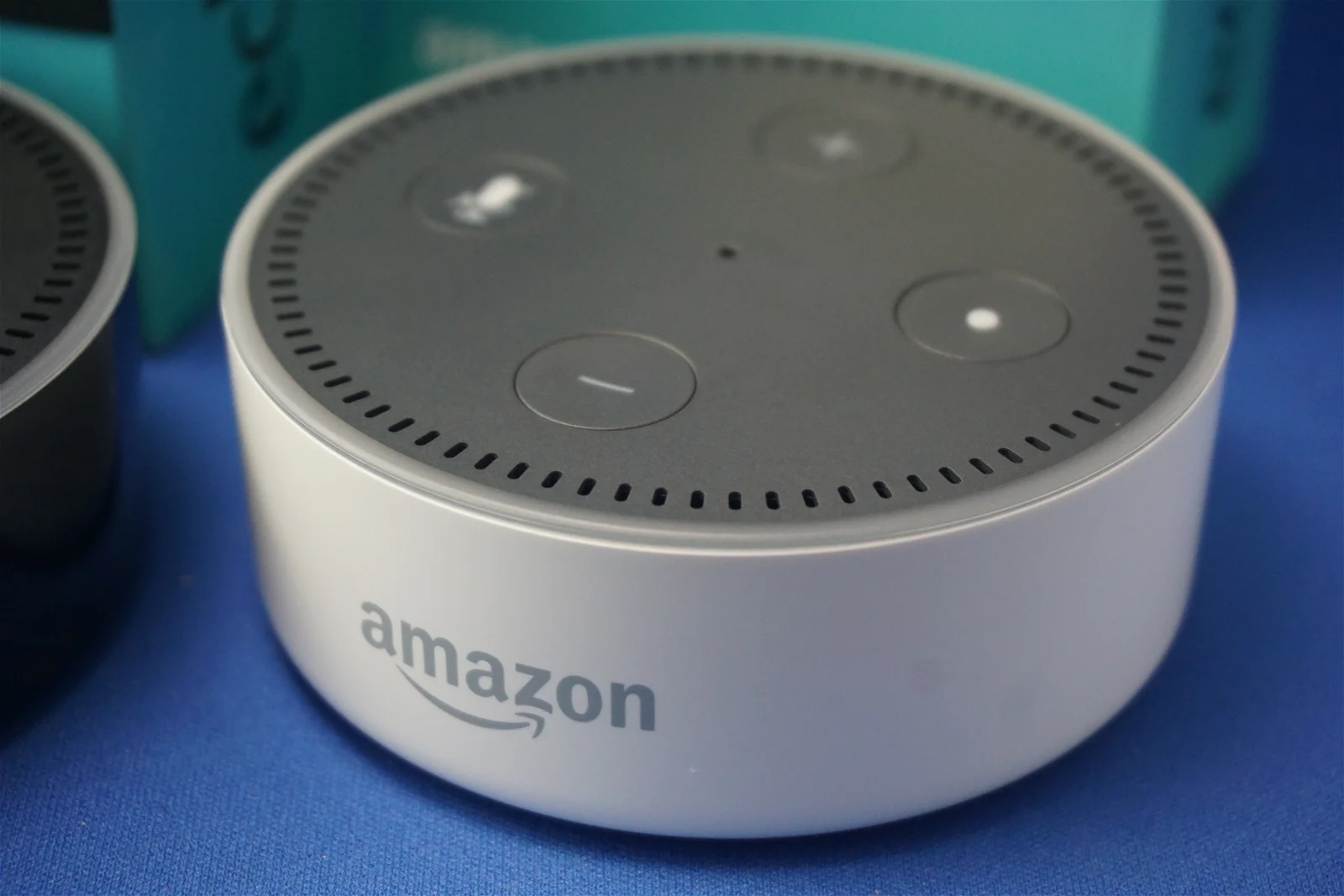
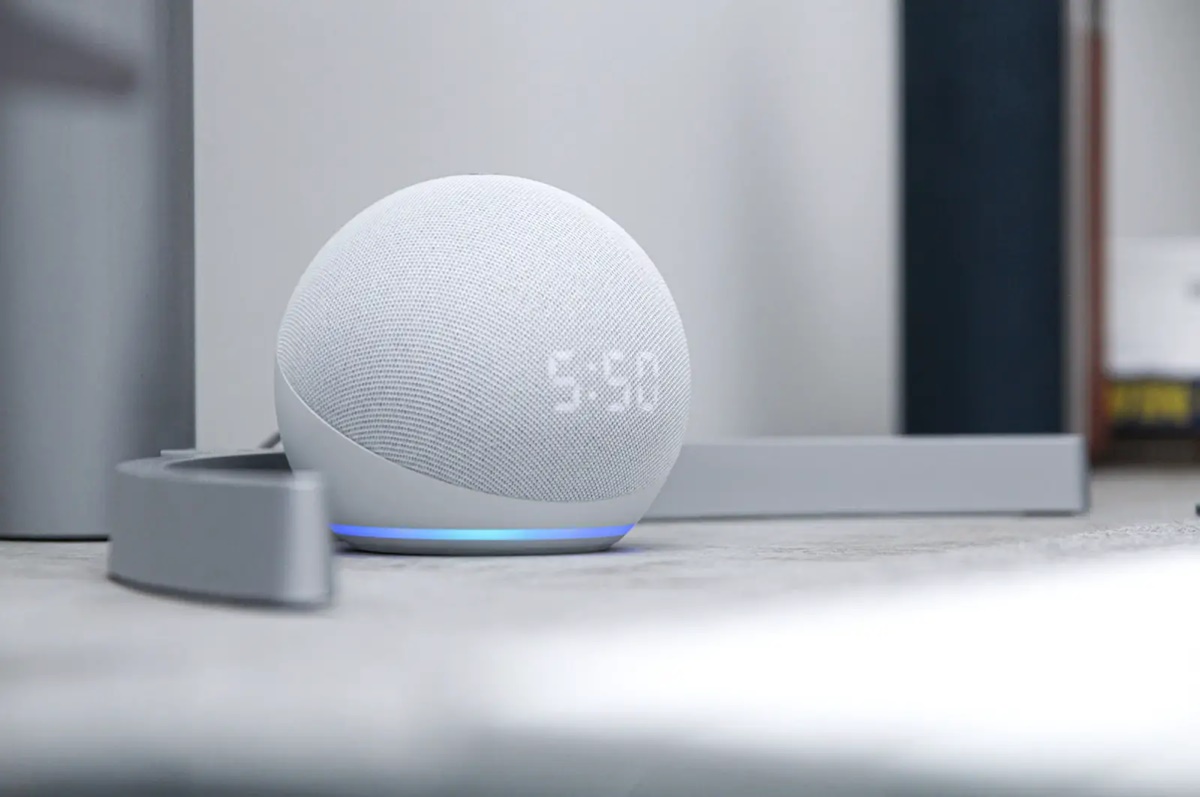
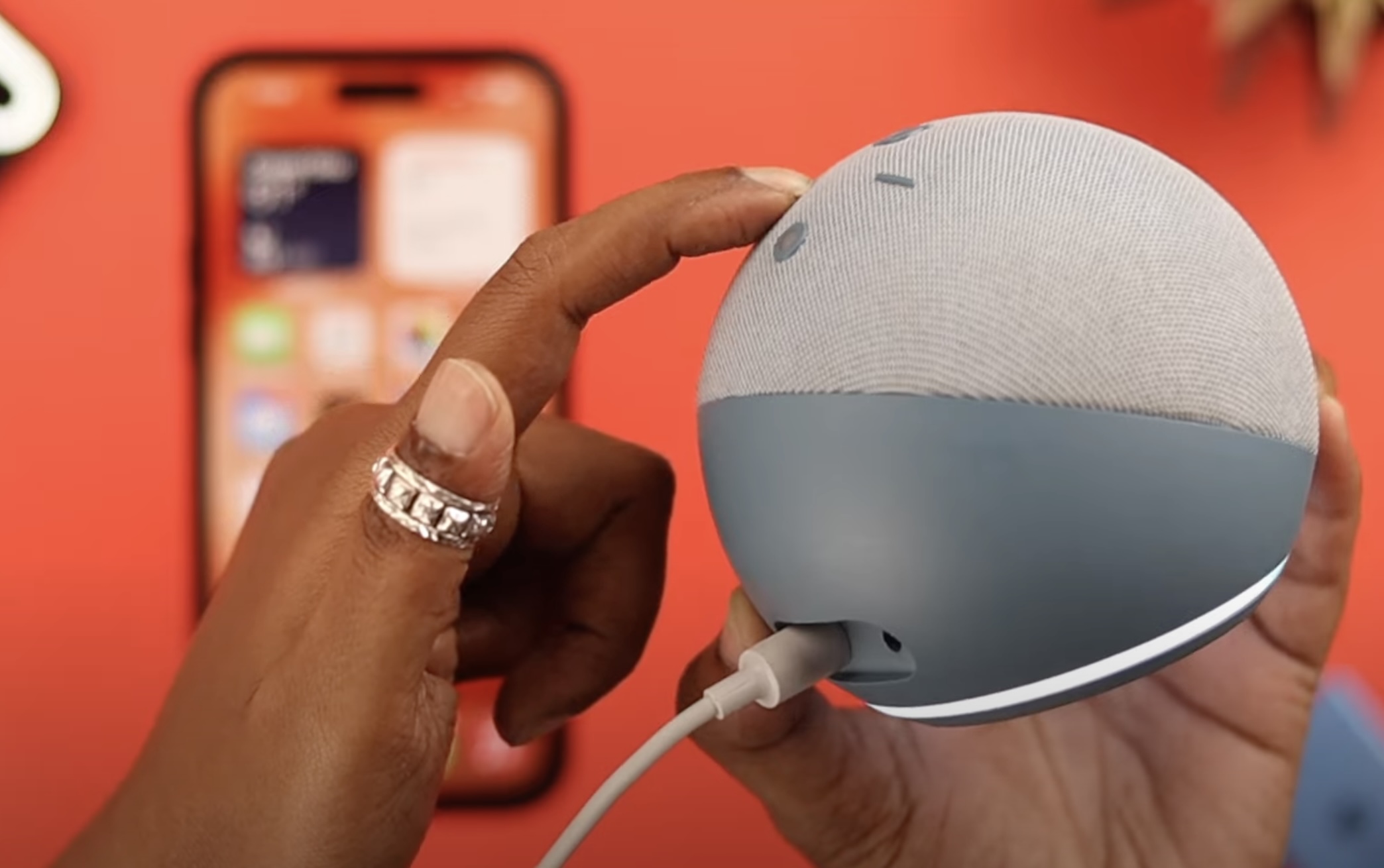
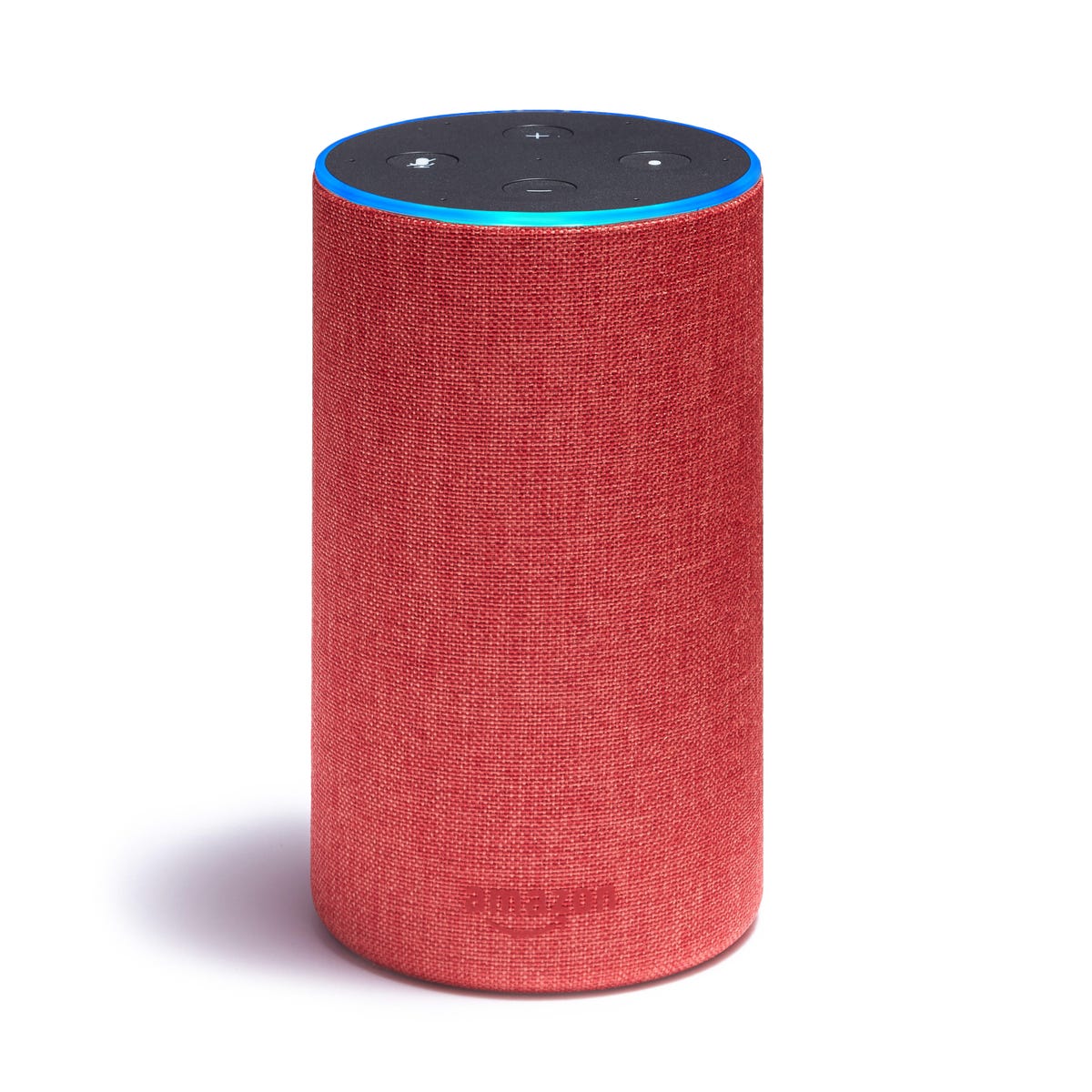
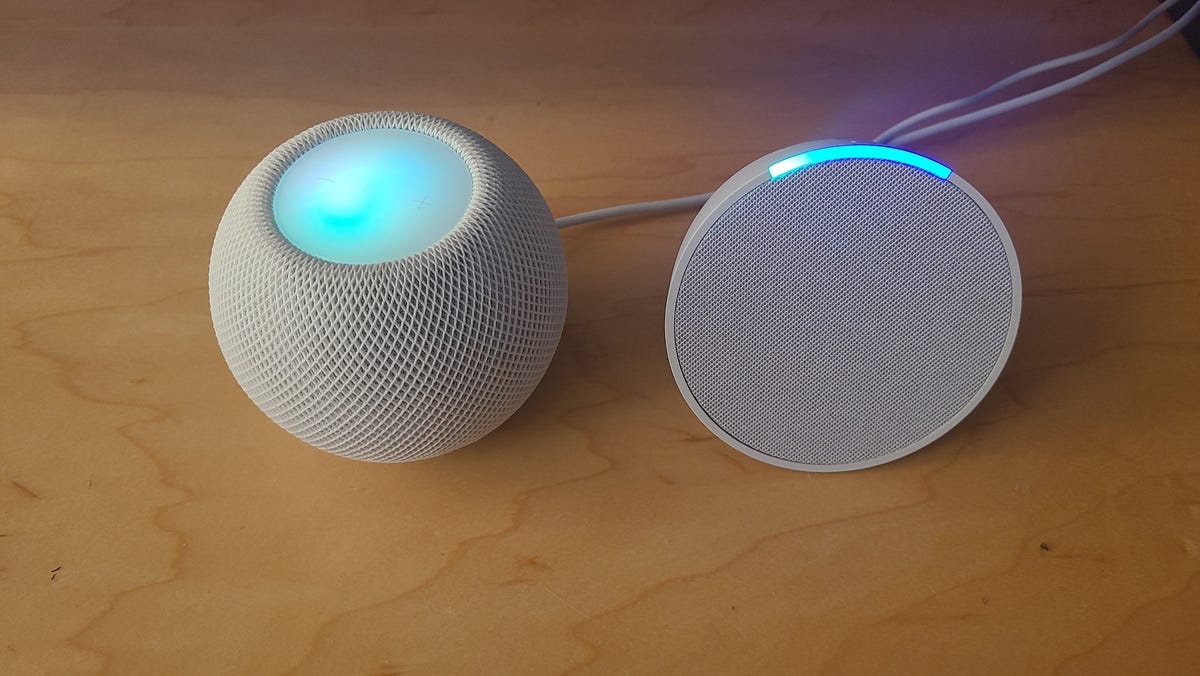
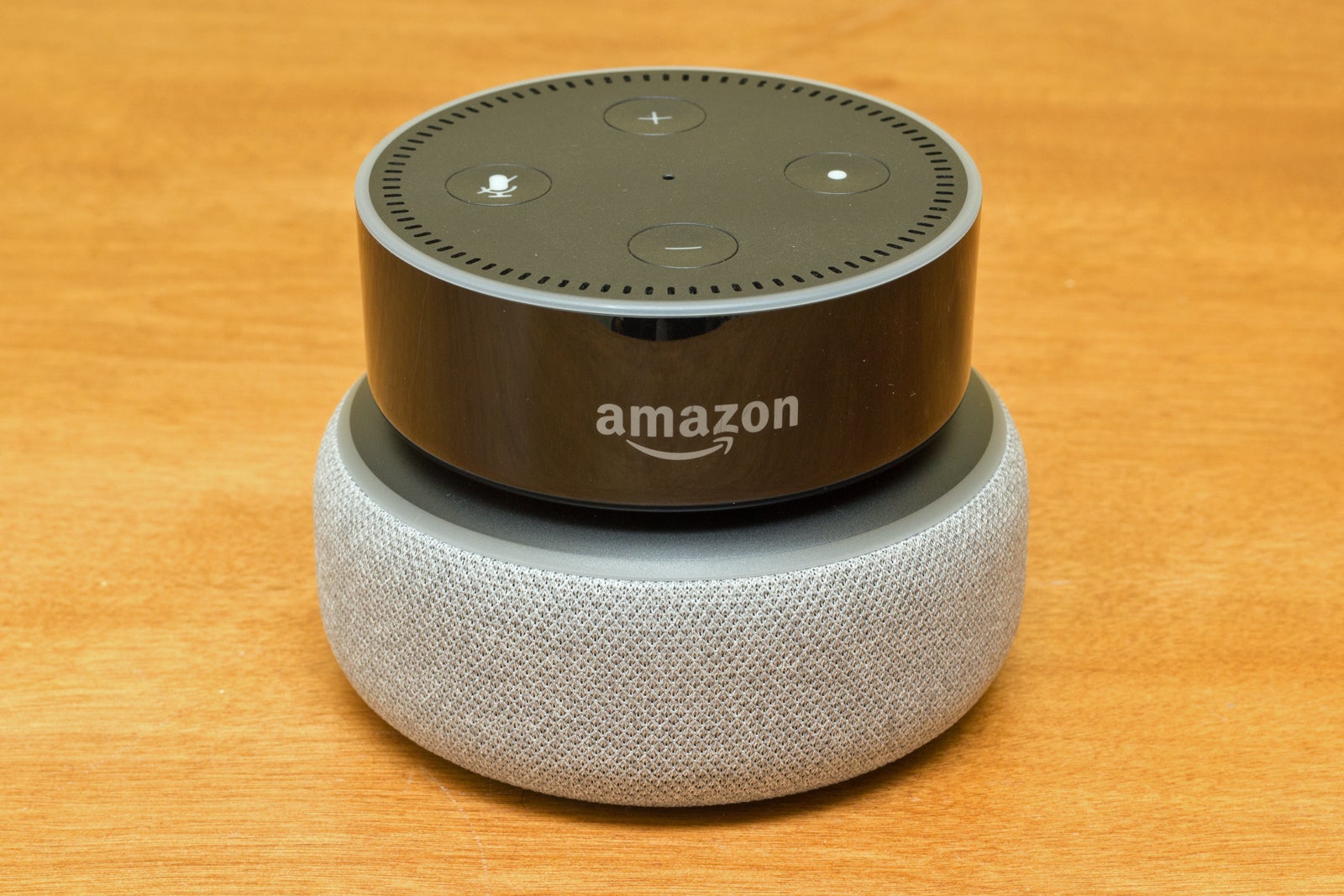
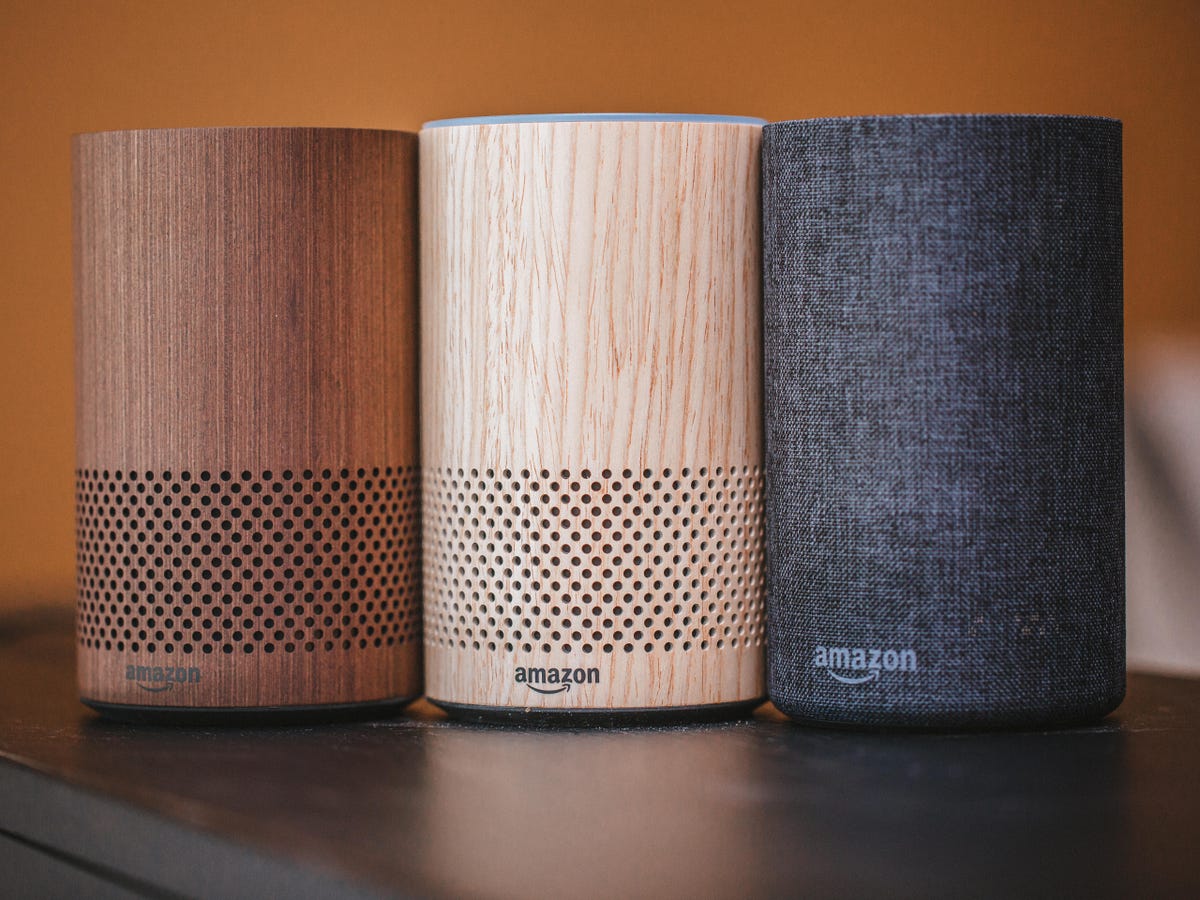
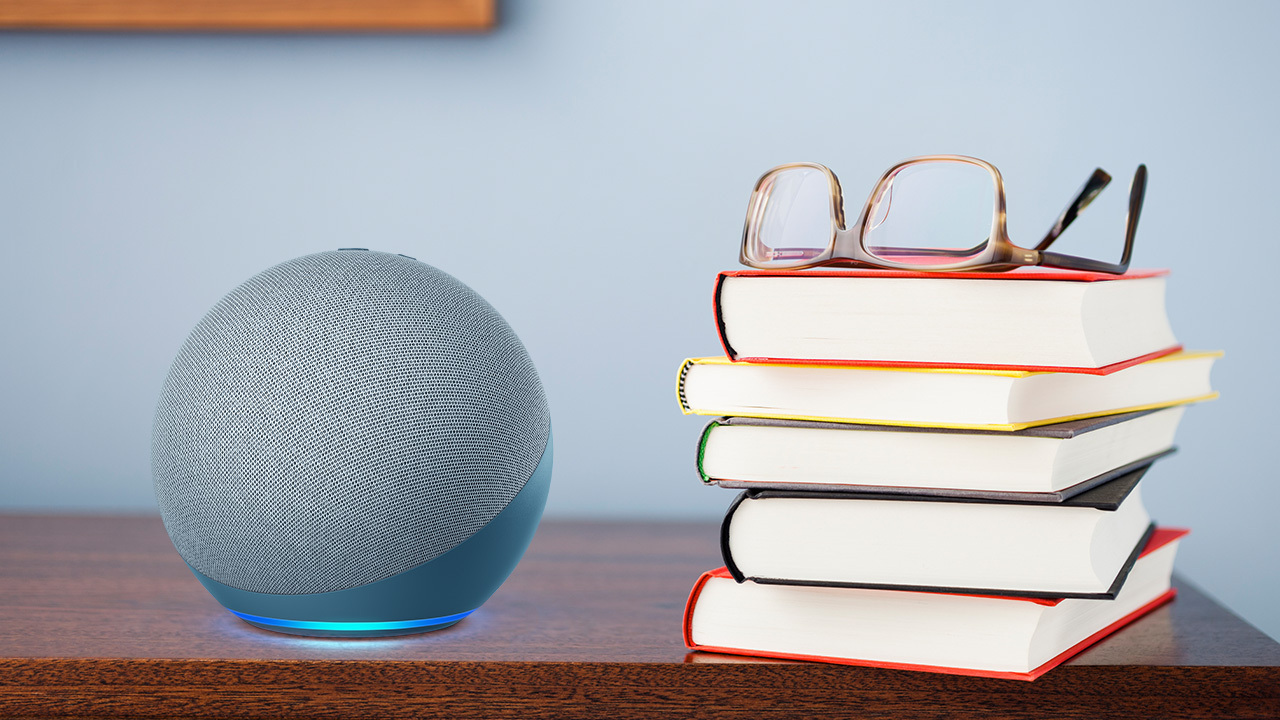
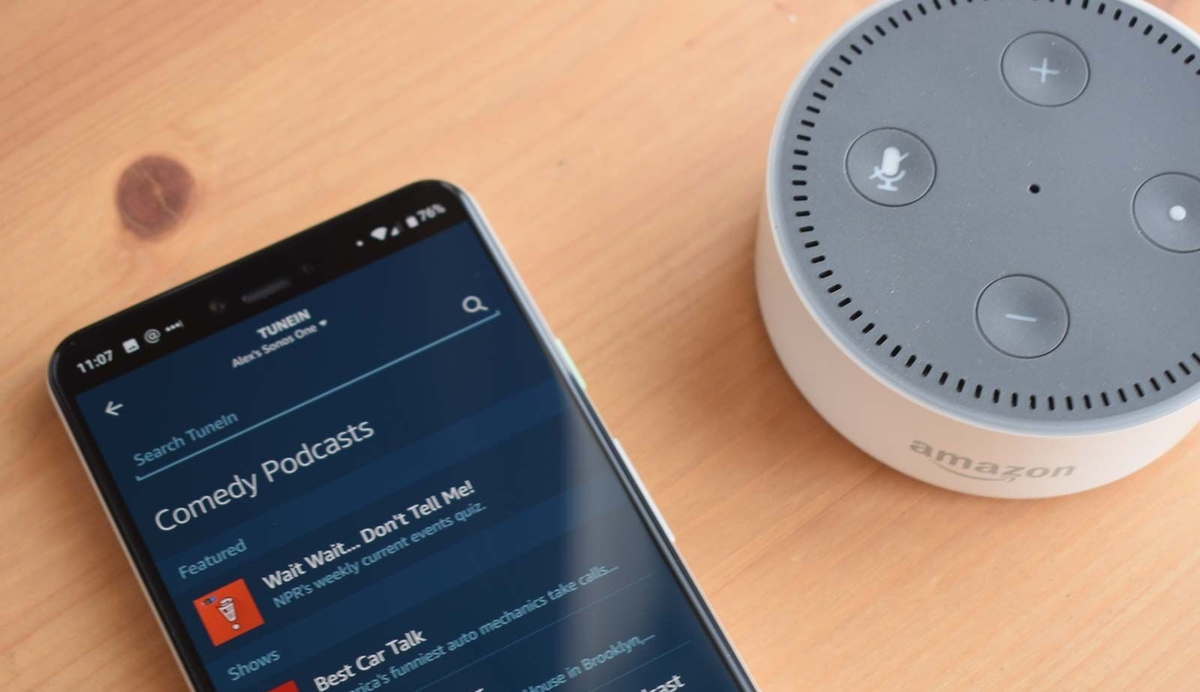
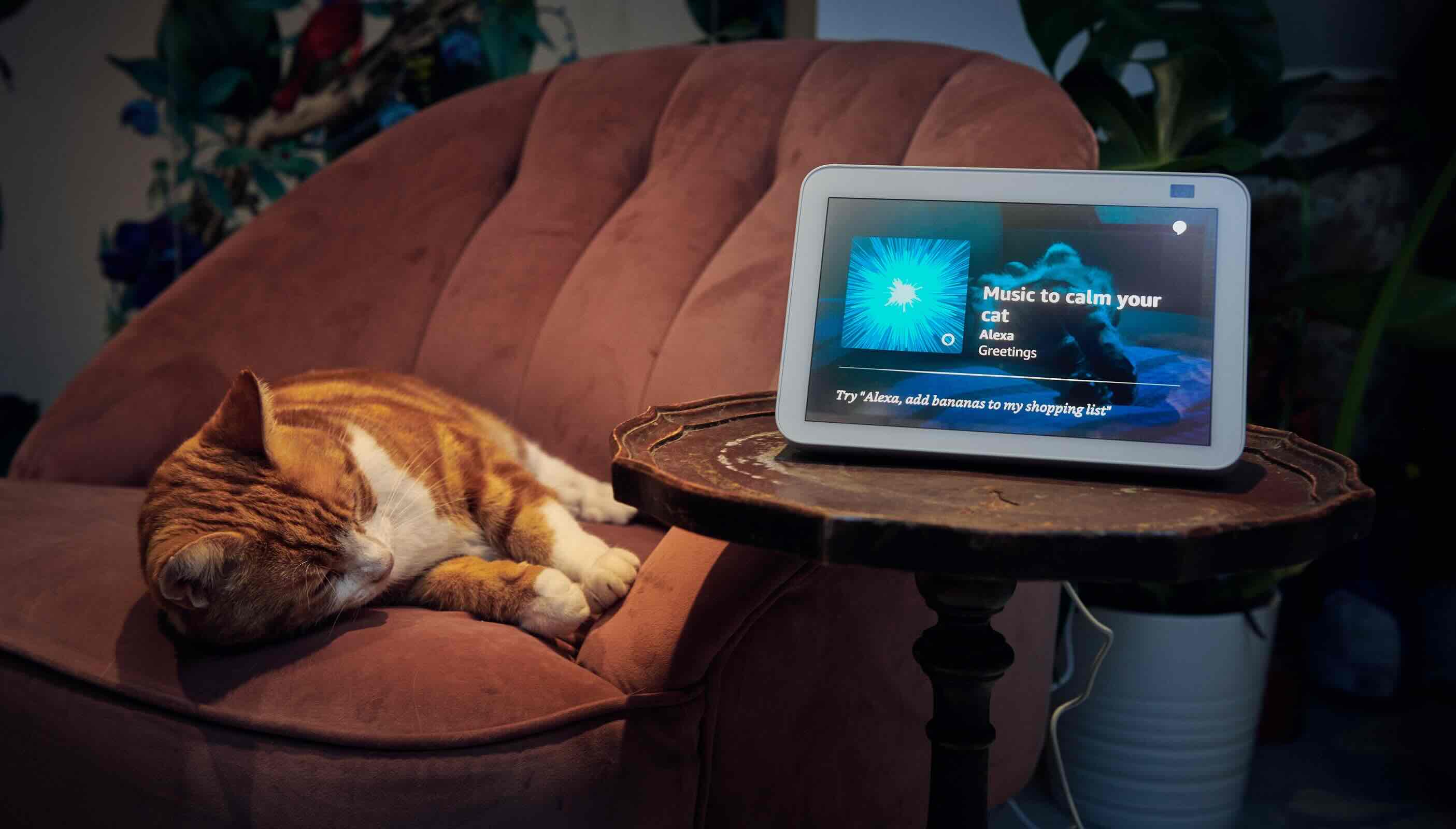
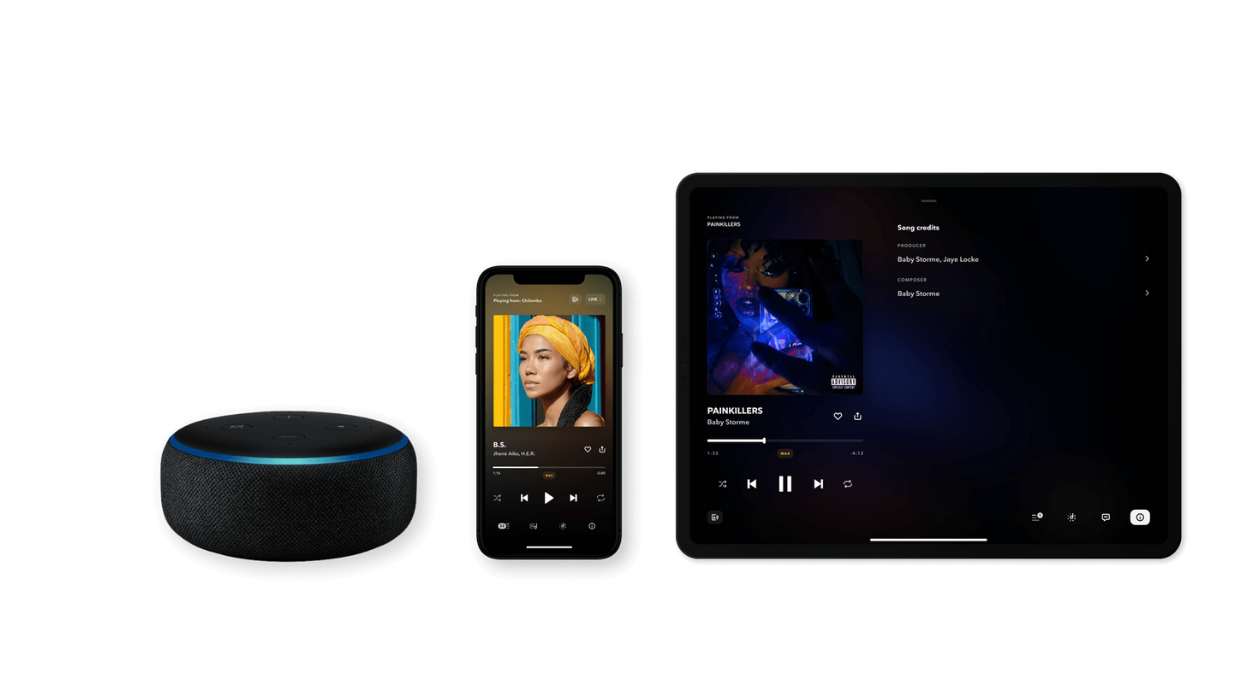
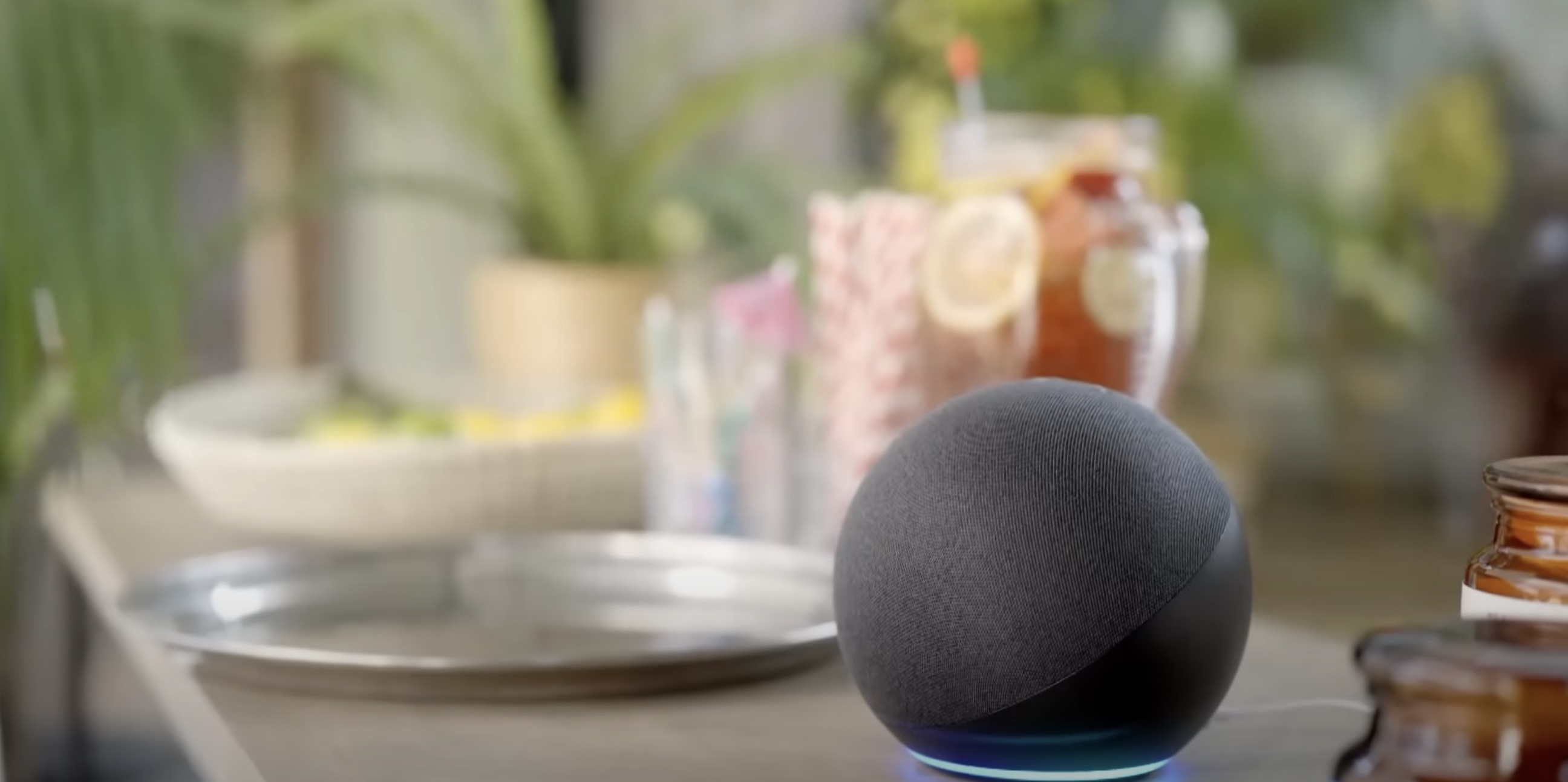
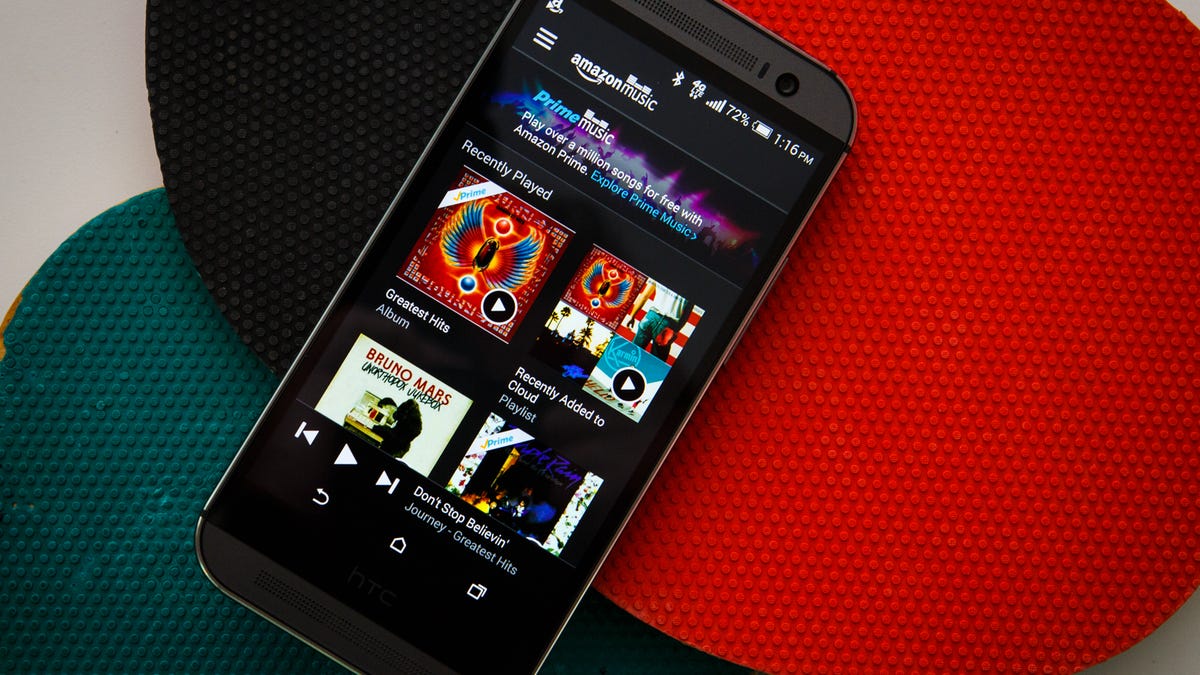
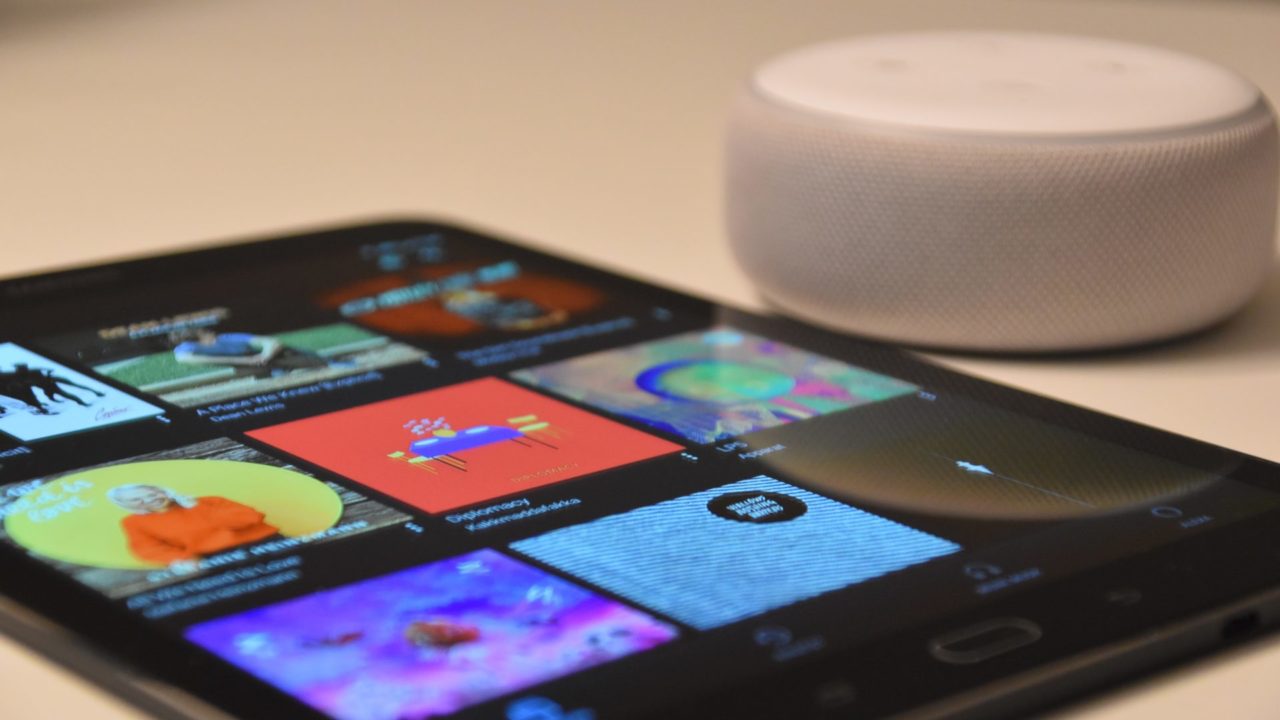

0 thoughts on “Why Is Alexa Playing IHeartRadio?”